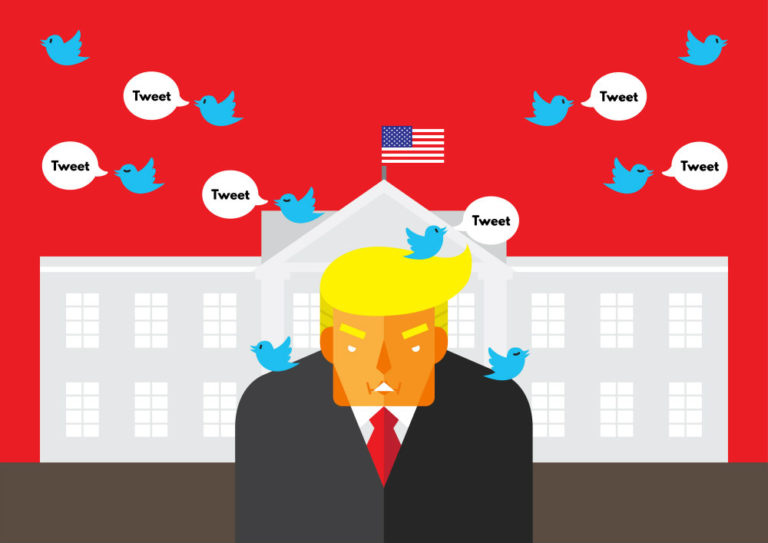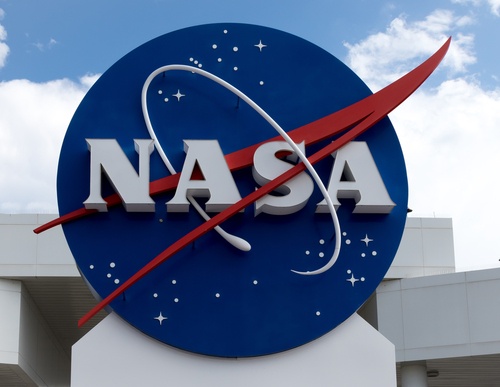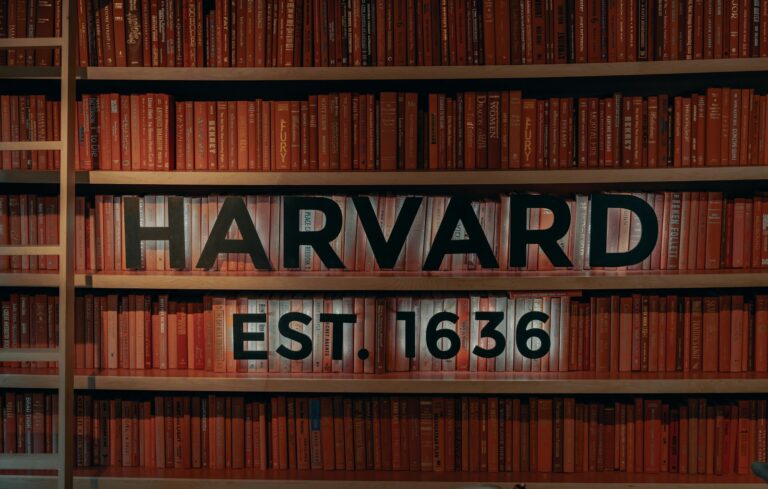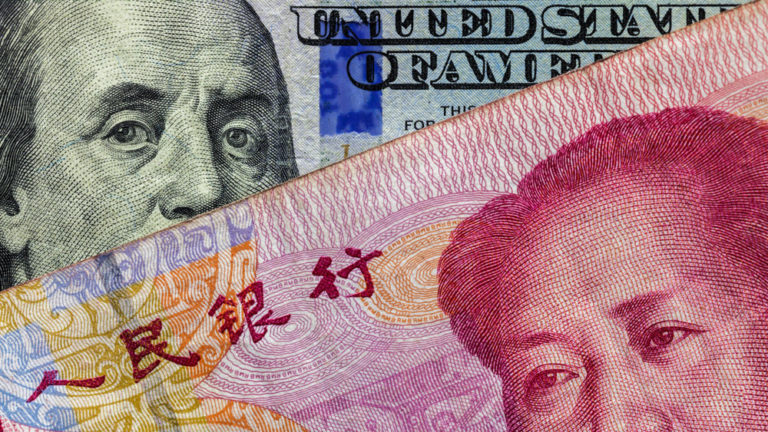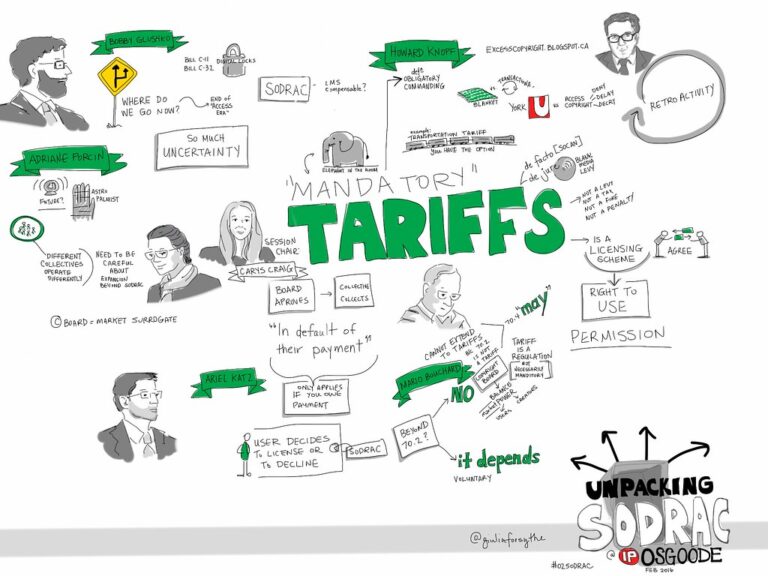Key Takeaways:
- Donald Trump’s 2024 presidential win, his first time securing the popular vote, has energized activists pushing for a national popular vote system.
- The National Popular Vote Interstate Compact, created in 2006, aims to ensure the president is elected by the nationwide popular vote, not just the Electoral College.
- Currently, 17 states have joined the compact, and supporters believe it’s only a matter of time before it becomes law.
A Closer Look at the National Popular Vote Movement
The 2024 presidential election brought a surprising twist. For the first time in three attempts, Donald Trump won both the Electoral College and the popular vote. Irony-alert: this victory has given new life to a movement that wants to change how America picks its president.
The National Popular Vote Interstate Compact, started in 2006, is gaining momentum. Its goal? To make sure the winner of the presidency is the candidate who gets the most votes nationwide, not just the one who wins the most states.
What Is the National Popular Vote Interstate Compact?
The compact is a plan where states agree to give their electoral votes to the candidate who wins the popular vote. Right now, the Electoral College system allows a candidate to win the presidency without getting the most votes nationwide. This happened in 2000 and 2016, for example.
Under the compact, states would award their electoral votes to the national popular vote winner. This would kick in only when enough states, adding up to 270 electoral votes, join the agreement.
Why Is This Happening Now?
Trump’s 2024 win is a turning point for the movement. Even though he won both the Electoral College and the popular vote, his victory has highlighted the importance of the popular vote. Supporters of the compact say this moment could normalize the idea of a national popular vote system.
Patrick Rosenstiel, a senior consultant for the compact, is optimistic. He believes this reform is inevitable. “It’s just a matter of time,” he said.
How Does the Compact Work?
The compact is simple. States that join agree to give their electoral votes to the candidate who wins the most votes nationwide. For example, if a Democrat wins the popular vote but loses a state like Texas, Texas’s electoral votes would still go to the Democrat.
This system only takes effect when enough states, totaling 270 electoral votes, sign on. Currently, 17 states have joined, representing 196 electoral votes.
Why Does This Matter?
The Electoral College system has been a topic of debate for years. Critics argue it’s unfair because a candidate can lose the popular vote but still win the presidency. The compact aims to fix this by ensuring the winner is the candidate with the most votes nationwide.
Proponents say this would make the election process fairer and give every vote equal weight, no matter where it’s cast.
What’s Next for the National Popular Vote Movement?
The compact has gained traction, but it still needs more states to join. Rosenstiel and his team are hopeful. They see growing public support for a national popular vote system.
As more states consider joining the compact, the movement is gaining momentum. If successful, it could change how America elects its presidents for decades to come.
Final Thoughts
The 2024 election has handed the National Popular Vote Interstate Compact a new wave of energy. While the system isn’t law yet, supporters are more confident than ever that it’s only a matter of time before it becomes a reality.
Could this be the most important political reform of our lifetime? For Rosenstiel and his team, the answer is yes. Time will tell.

